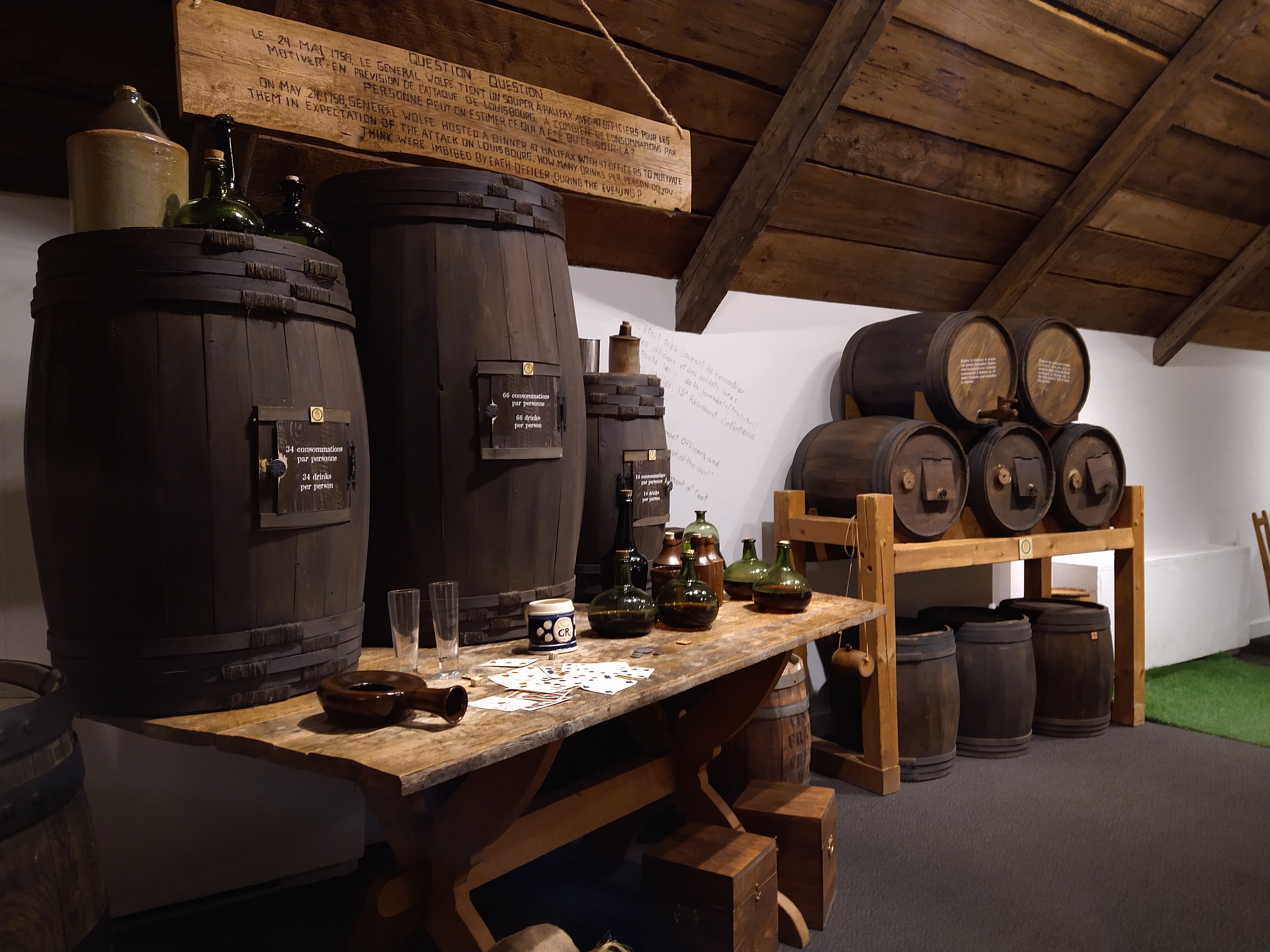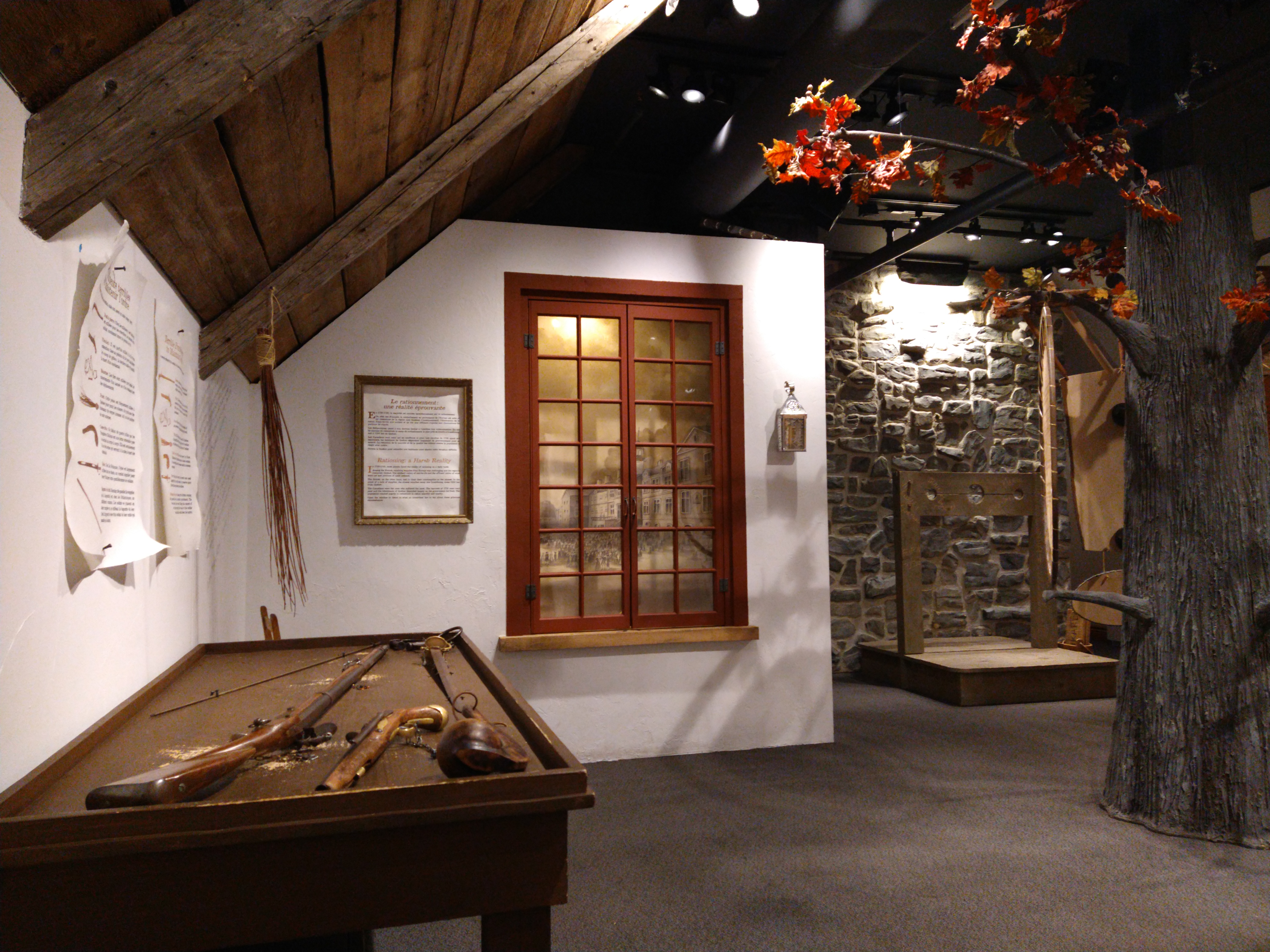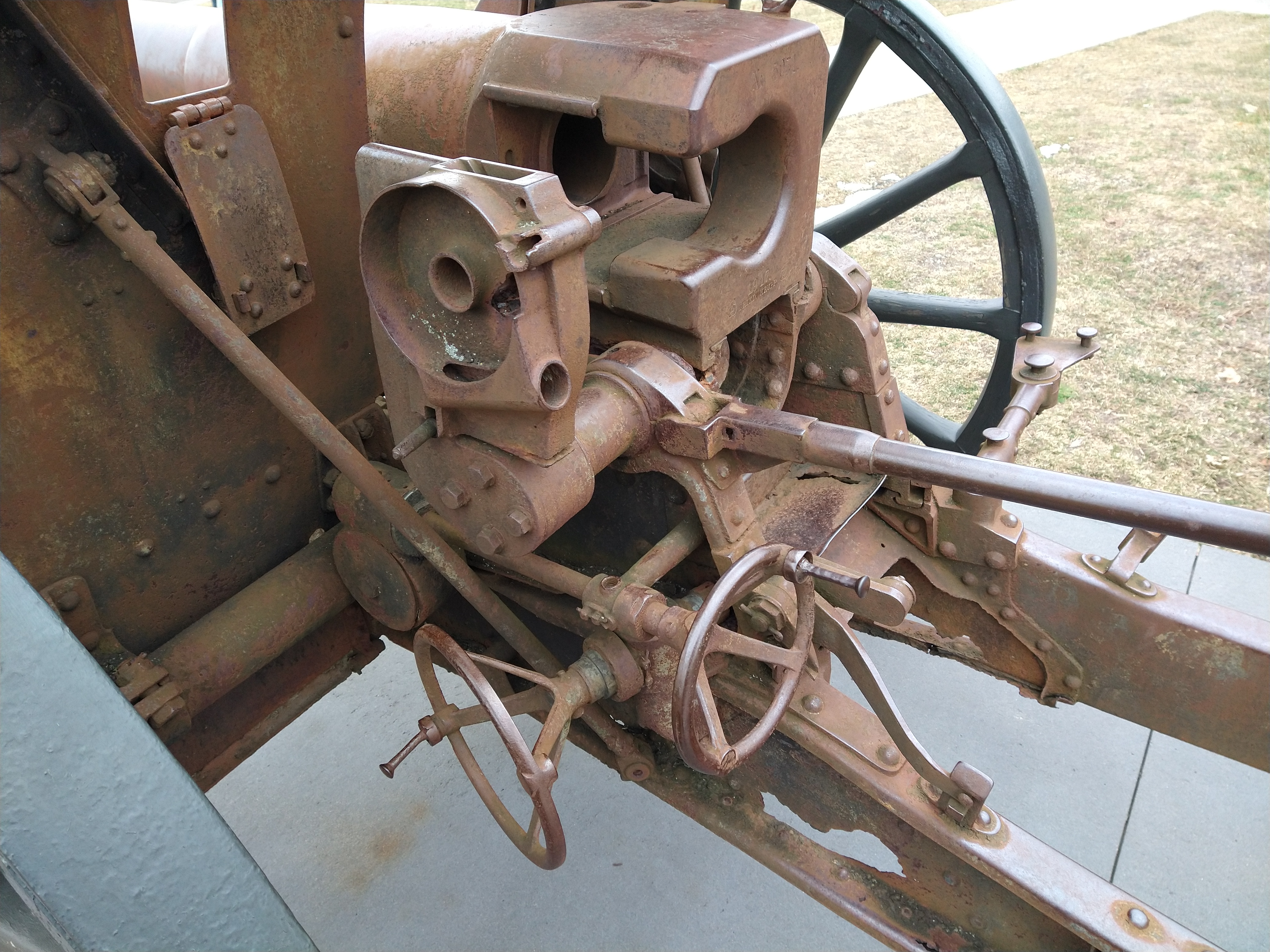I will always remember my visit to the museum. Little did I know that danger was just a few minutes away from taking pictures.
21 cm Mörser 16
Calibre:
Produced: 1914
Weight: 6,680 kg (14,727 lbs) Maximum firing range: 11,100 m (36,417 feet)
Field gun captured by the 42nd Battalion (Royal Highlanders of Canada), 7th Infantry Brigade, 3rd Division, Canadian Expeditionary Force, on August 8, 1918 southwest of Démuin during the Battle of Amiens, Somme, France.
It is locked in retracted position.


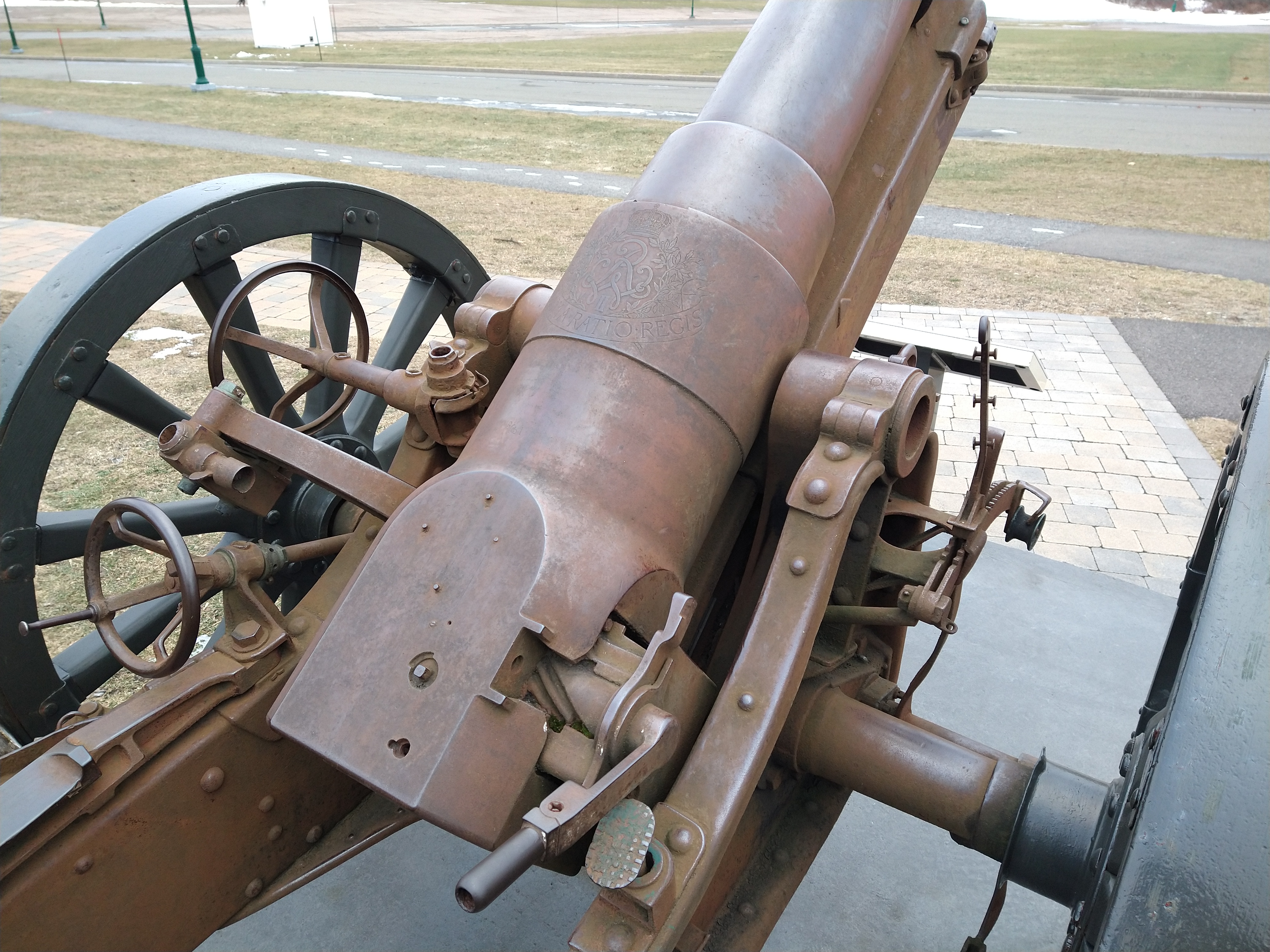

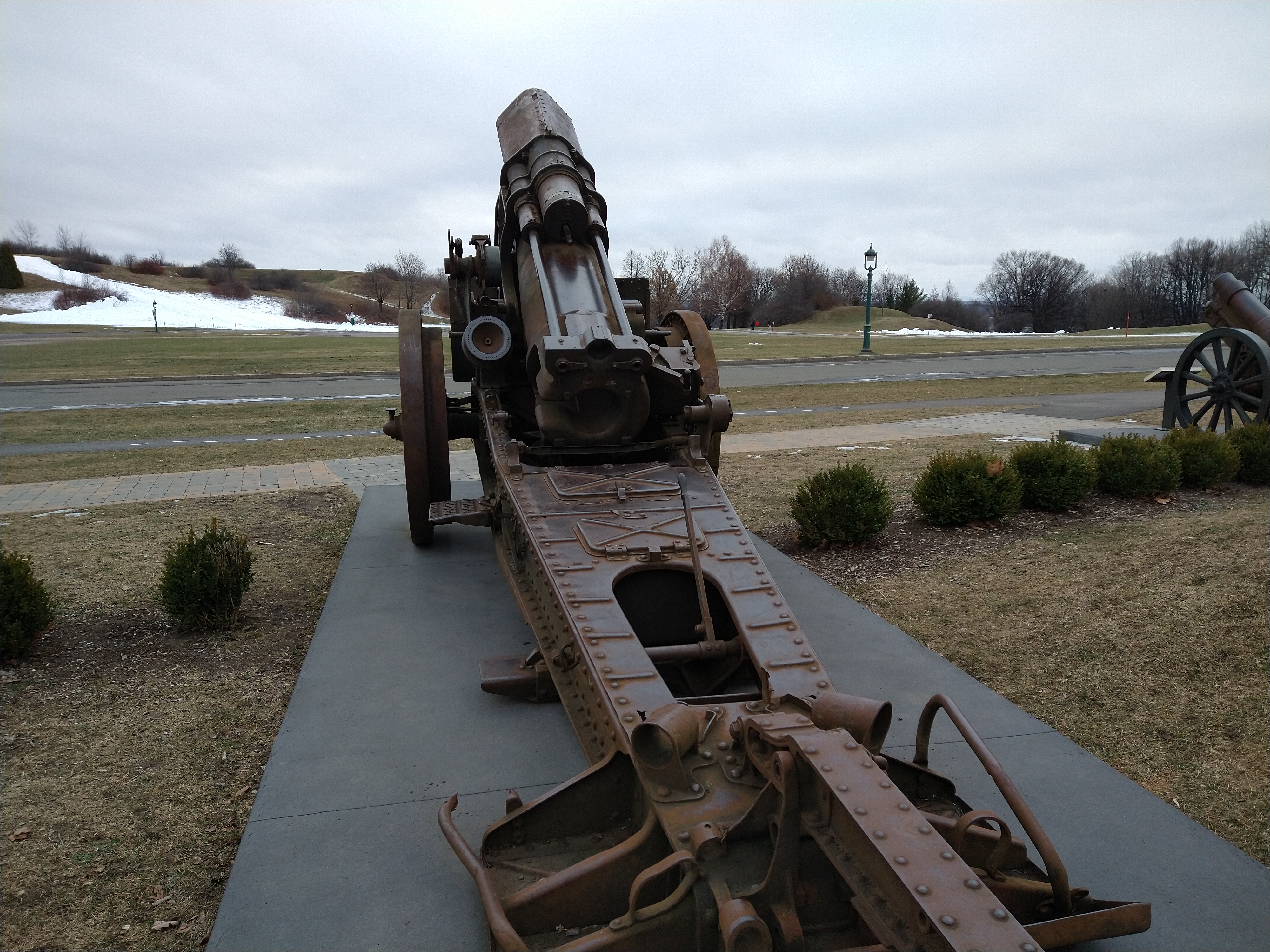

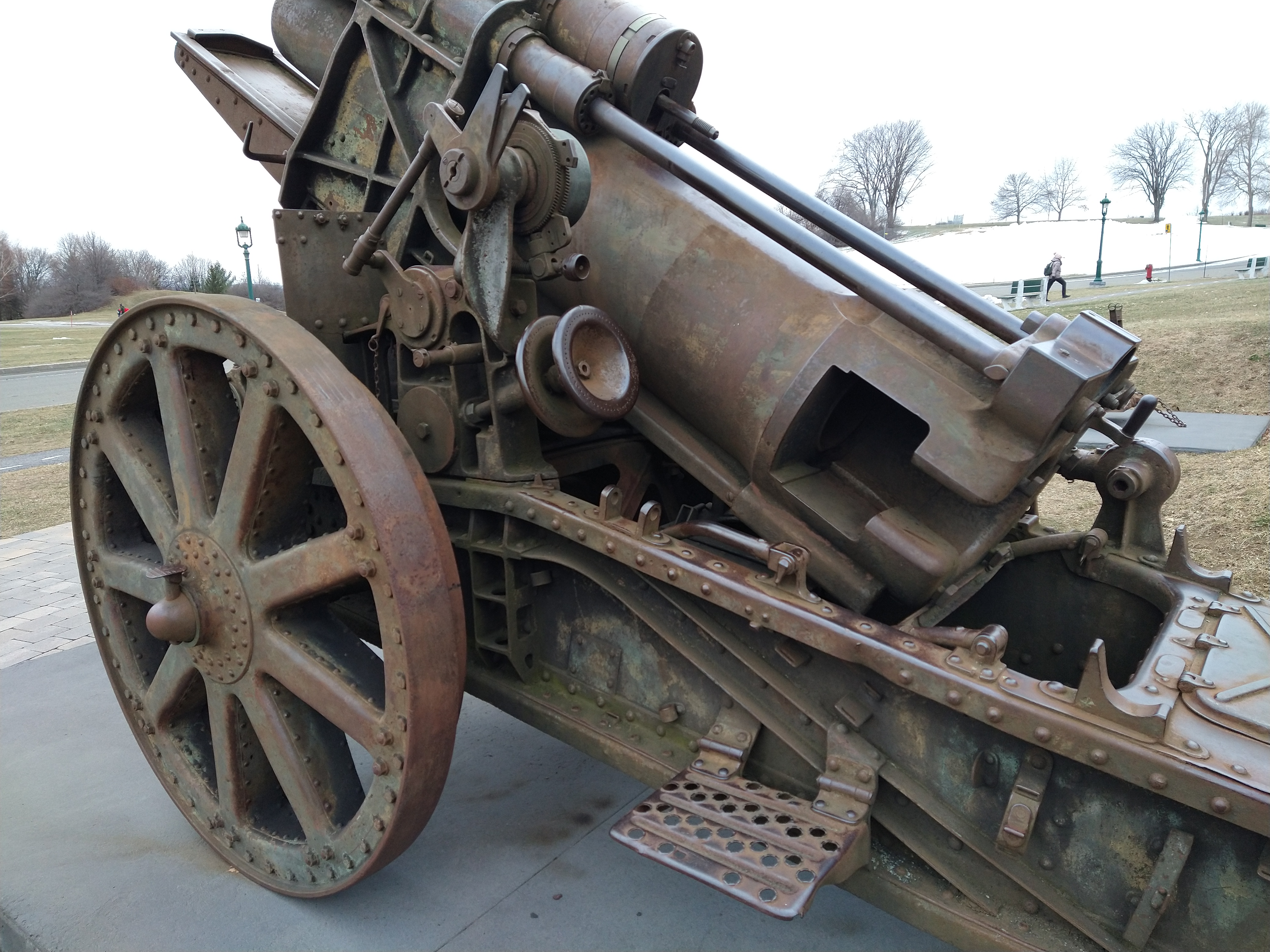
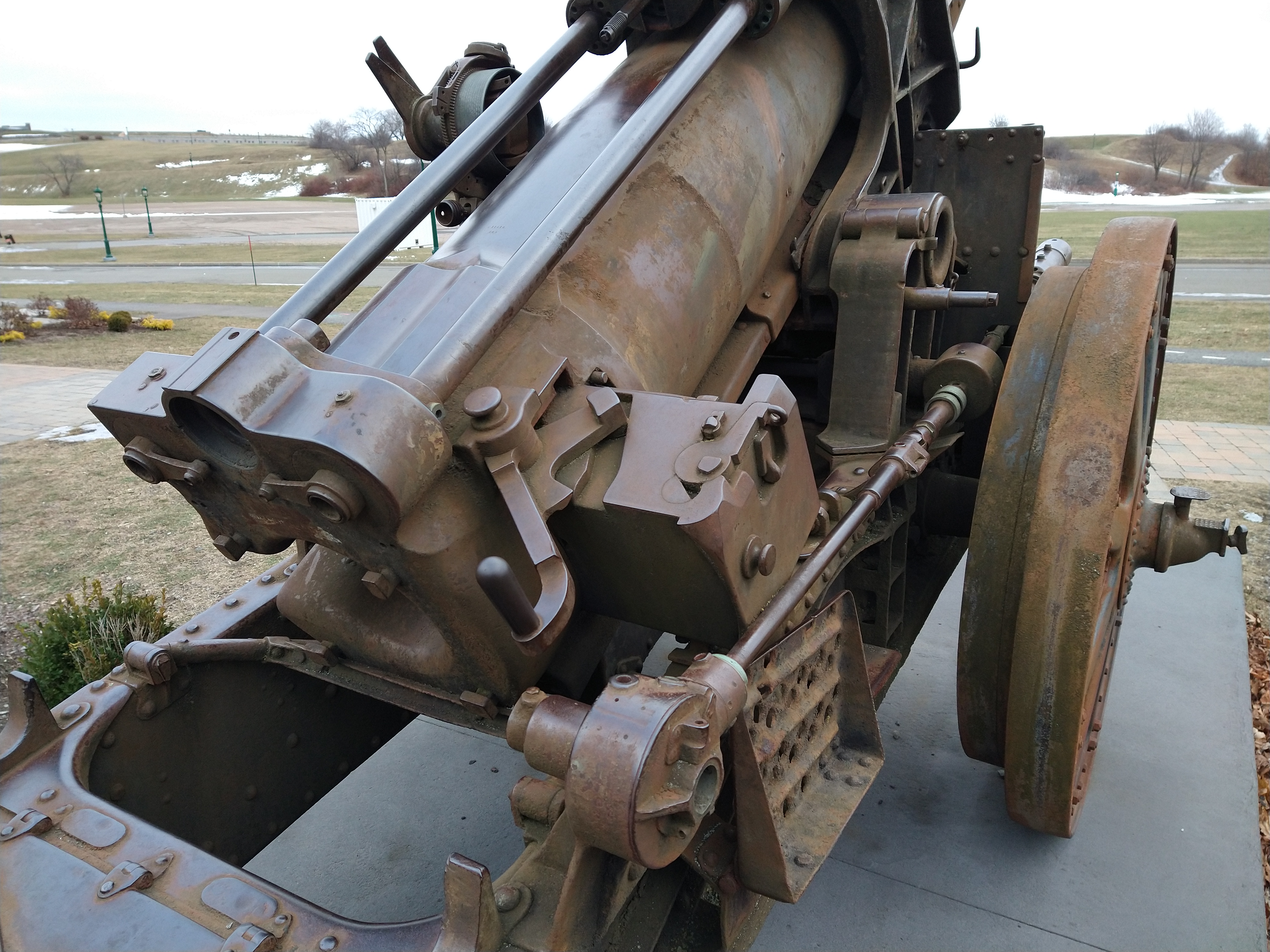
Notes
https://en.m.wikipedia.org/wiki/21_cm_M%C3%B6rser_16
https://web.archive.org/web/20071022205317/http://landships.freeservers.com/21cm_howitzer.htm
Excerpt
The German 21cm Howitzer m/10 (in the German Army named simpley Der Mörser) was the result of ten years development by the firms of Krupp and Rheinmetall. (Its origin was in a Bronze tube Mortar designed in the 1860-ies, and used with full effect first in the Franco-Prussian War of 1870-71.) It was a heavy gun, weighing some 15 tons+, and moved only with the Gun tube transported on a separate Wagon.
When the War started in 1914, the German Army could field 216 of these big guns, and they were used from the very first days of combat. When the Germans came upon the strong Belgian fortress of Liege, it was these guns that started the attack on August 5th, by sucessfully shelling the forts in the Eastern perimeter, and eventually paving the way for the REALLY big guns, the 42cm Dicke Berthas. It was then used with effect on all fronts, primarily in the Regiments of the Fuss-Artillerie, as one of the standard weapons of indirect fire and support. (The Foot Artillery Regiments – a Corps asset – were the primary units of the heavy German Artillery, each containing two batallions of four batteries each, were the main equipment was 15cm guns. Howitzer Battallions however, had only two batteries per batallion. The number of guns per battery varied between 3 and 4. In a quiet sector, a Division had some 8-9 batteries of 15cm and 21 cm guns in support, but normally some 16 batteries were employed per division.
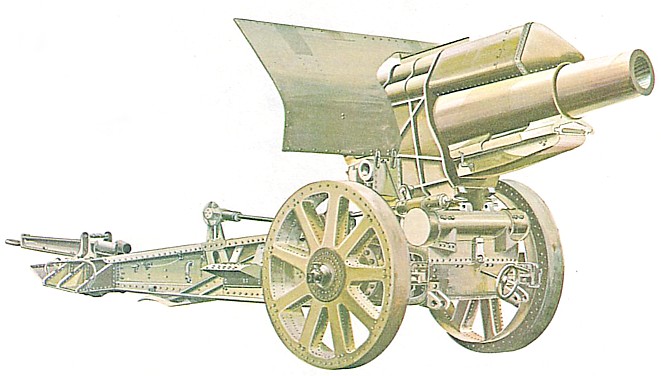
Experience from the fighting soon made the Artillery men realize that an increase in range would be most helpful, as the comparatively short range of the Howitzer often forced the units to site their guns well within range of most enemy artillery. A small redesign followed: the gun barrel was lengthened somewhat, from L/12 to L/14.5.
This new variant was called m/16 or Langer Mörser. However, as the gun already was pretty heavy and cumbersome, the redesign had been done from the premiss that the weight should not be increased. That was pretty much adhered to, but with the effect that the increase in range was even less than one kilometer. Another small redesign, following combat experiences, was the fitting of a Shield. (Some m/10 were retrofitted with this, but not all.) When the war came to an end in 1918, the 21 cm Howitzers of the German Army had fired some 7 million shells.

Dug in Howitzer, with full crew present – including the Platoon commander in light coat – while shifting the tail of the gun. The gun layer supervising the whole operation. Most men on the left of the trail are obviously trying to get the second, foldable earth-spade clear of the ground.
More images and descriptions of the link above.



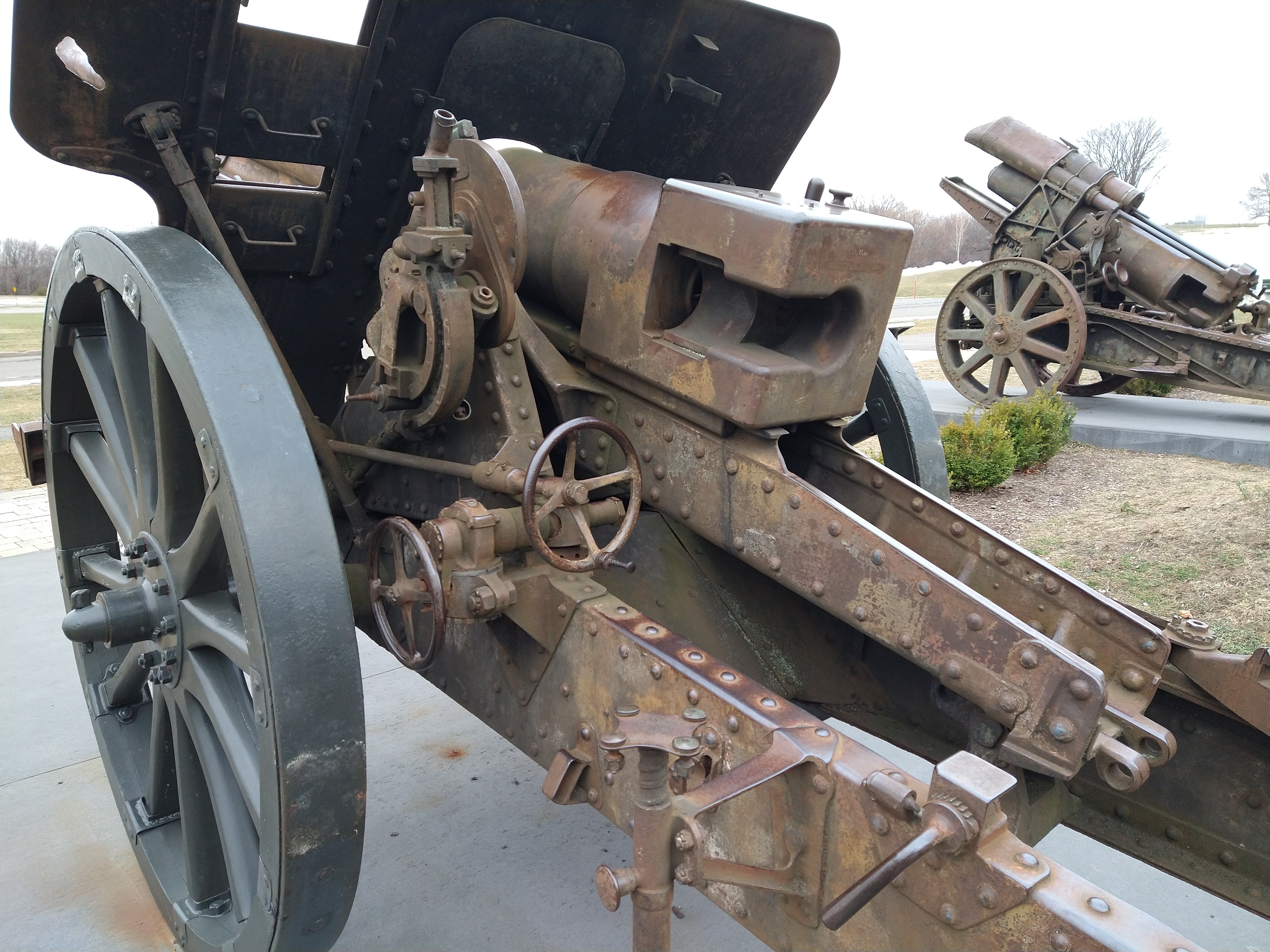


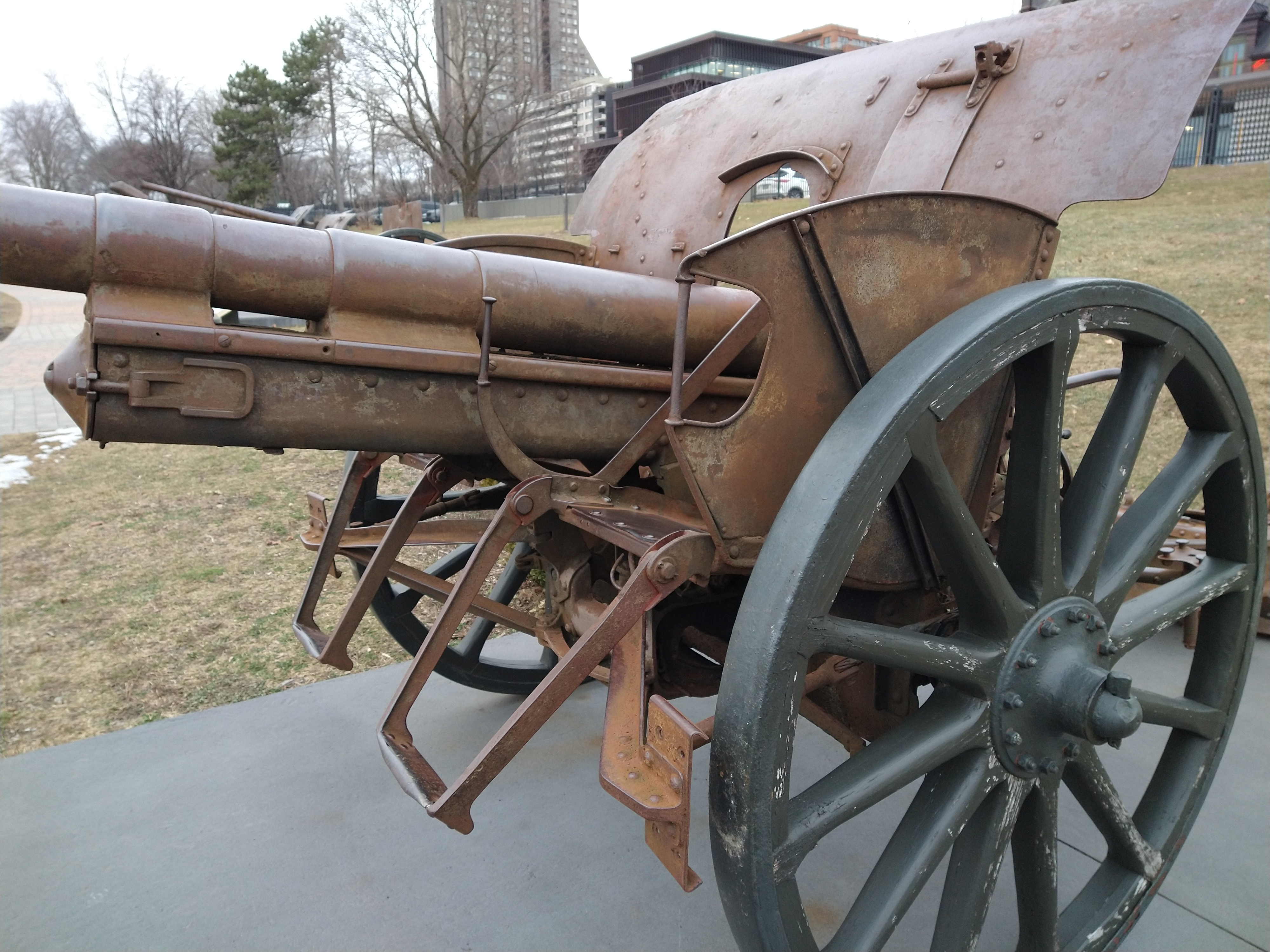


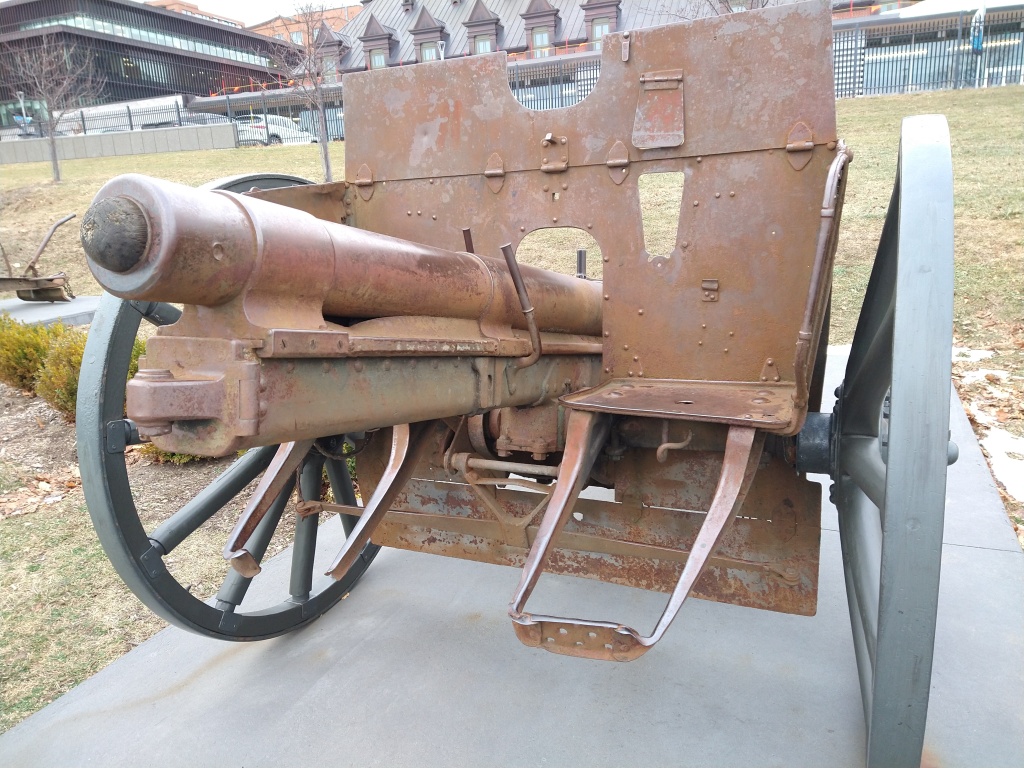


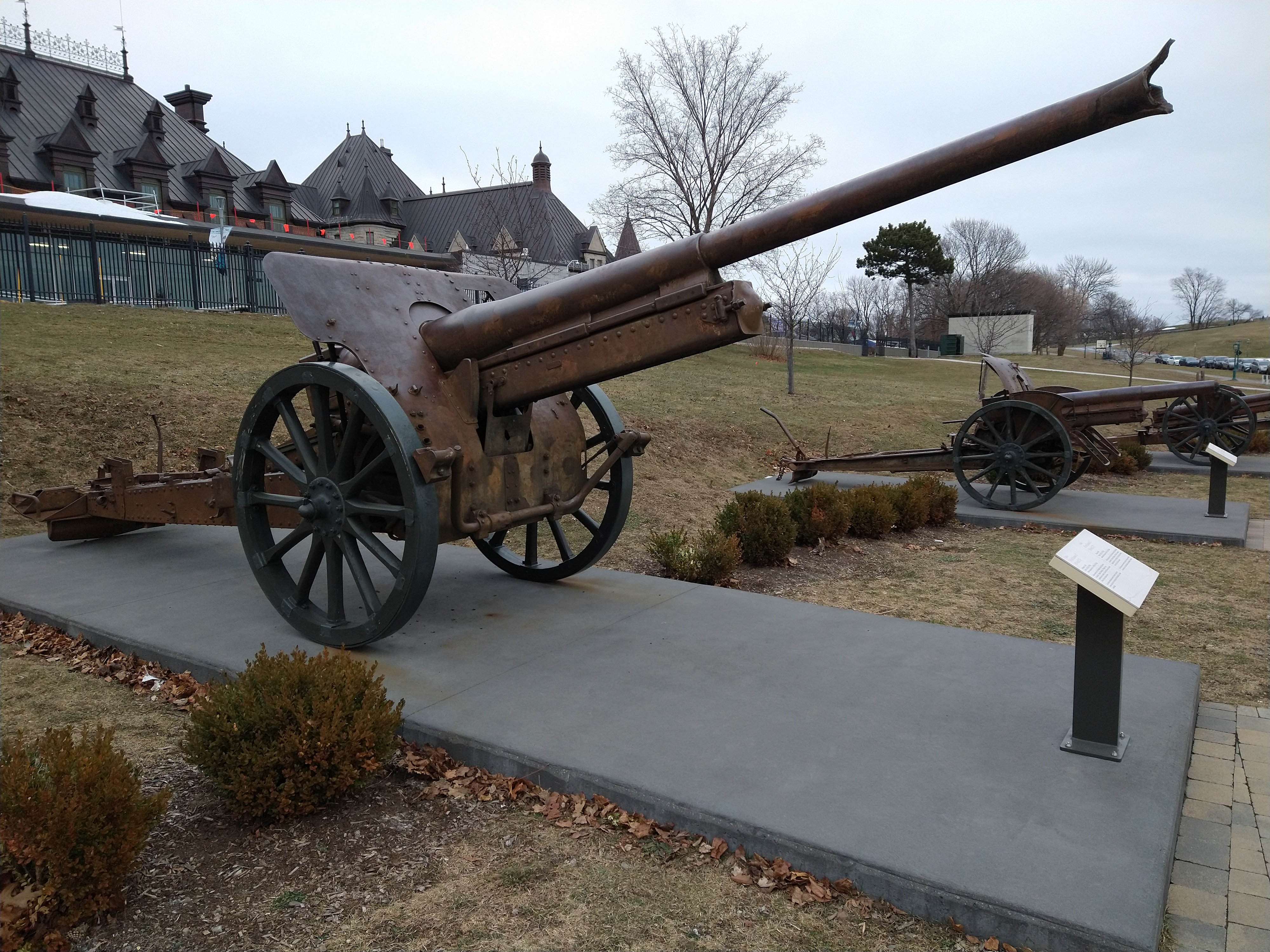

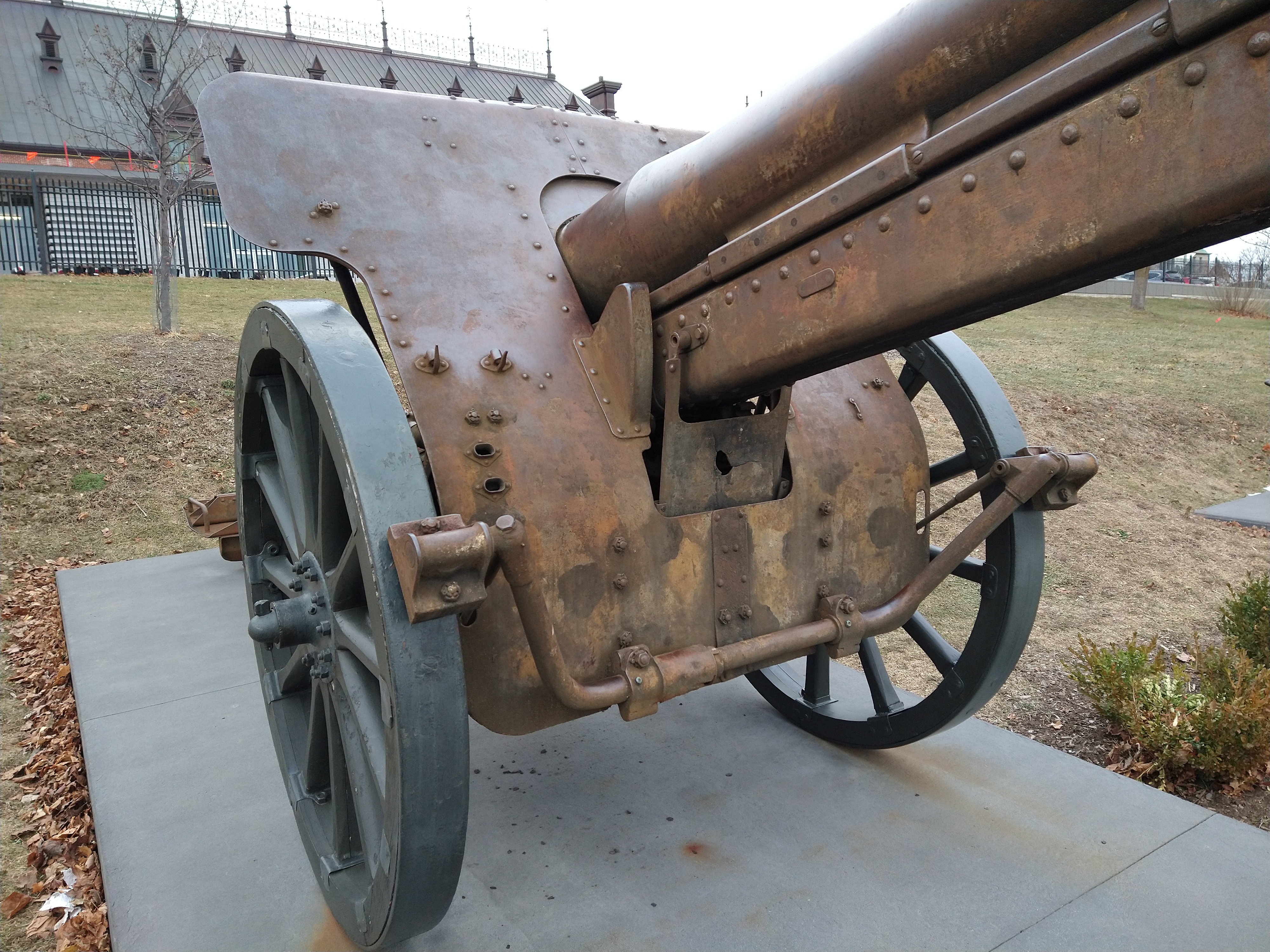
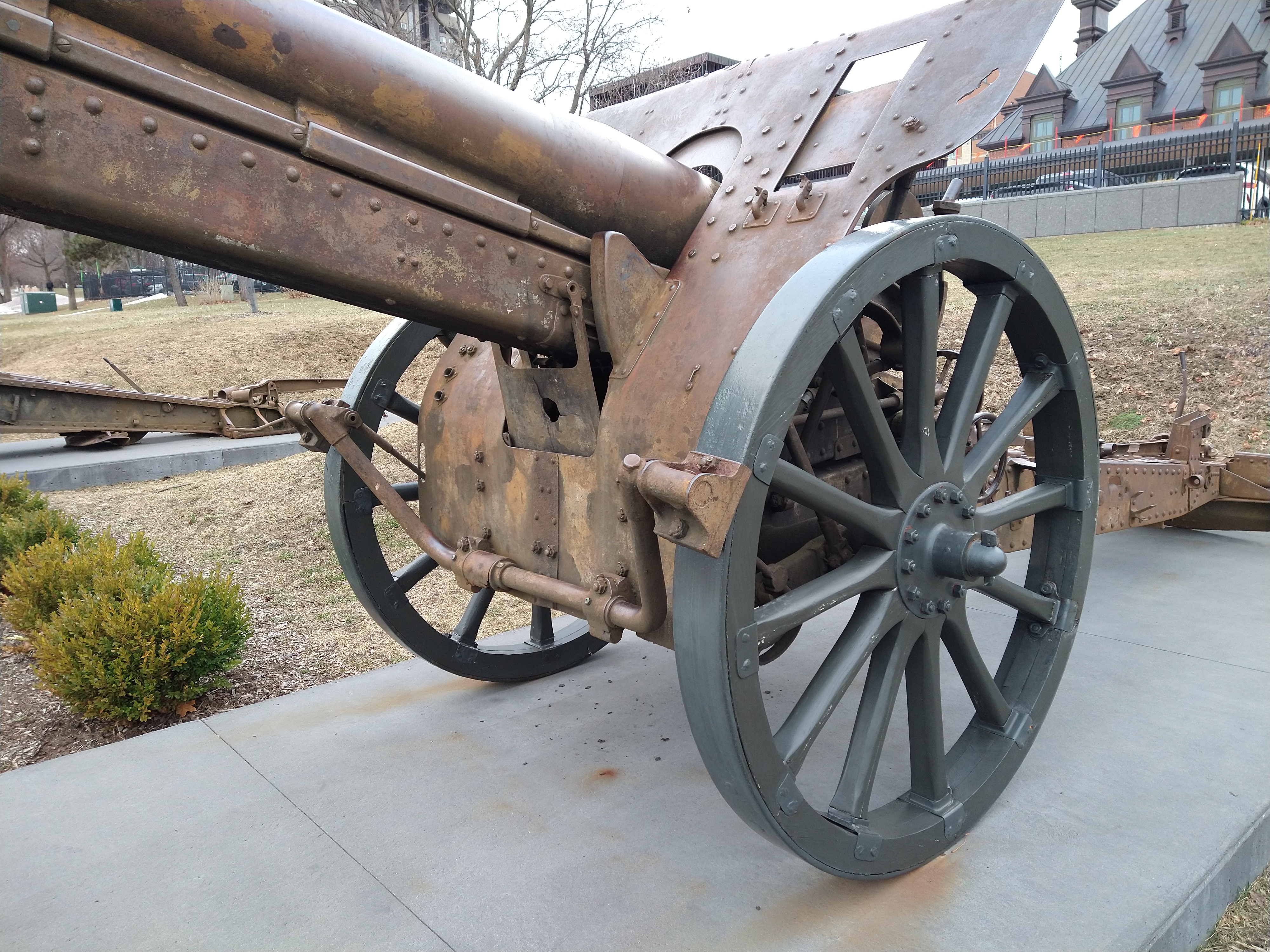











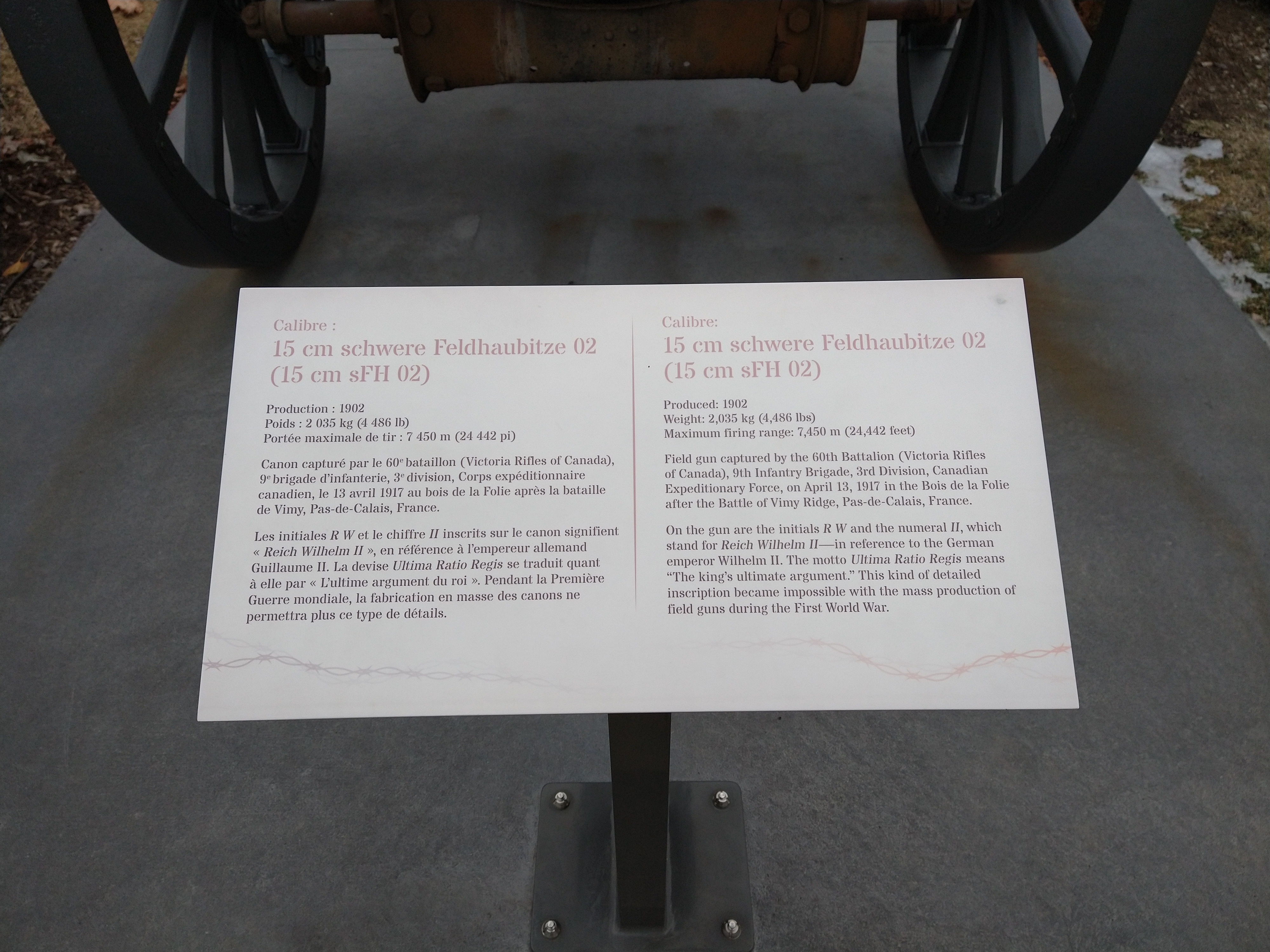

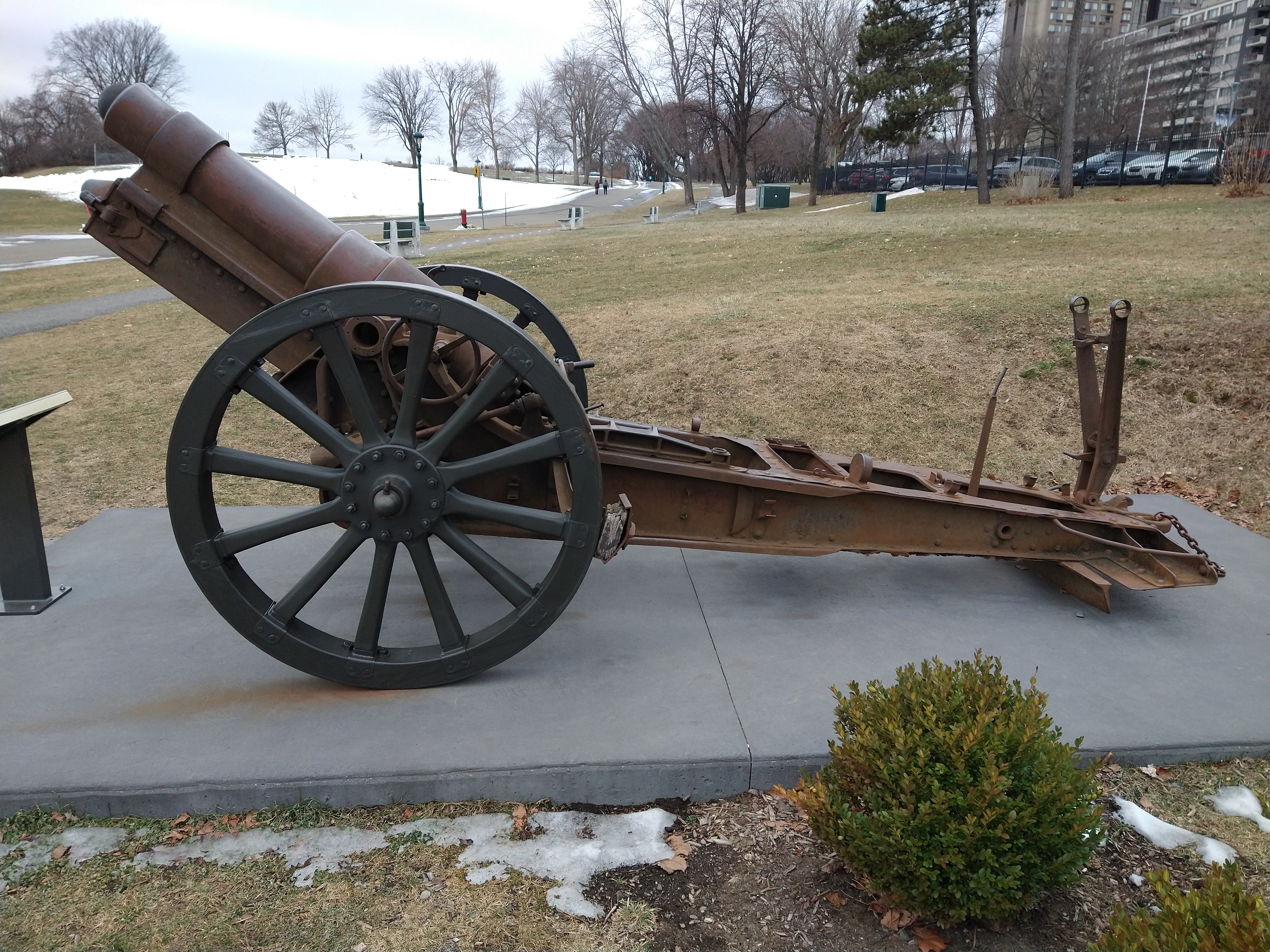





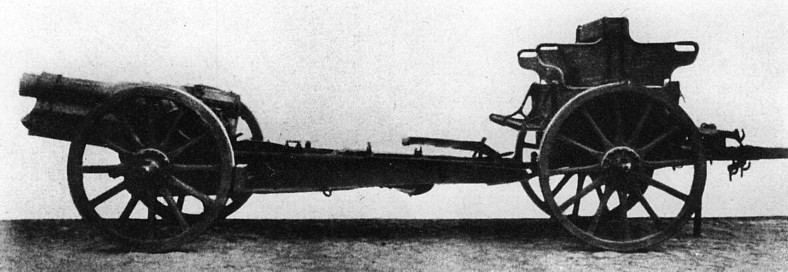



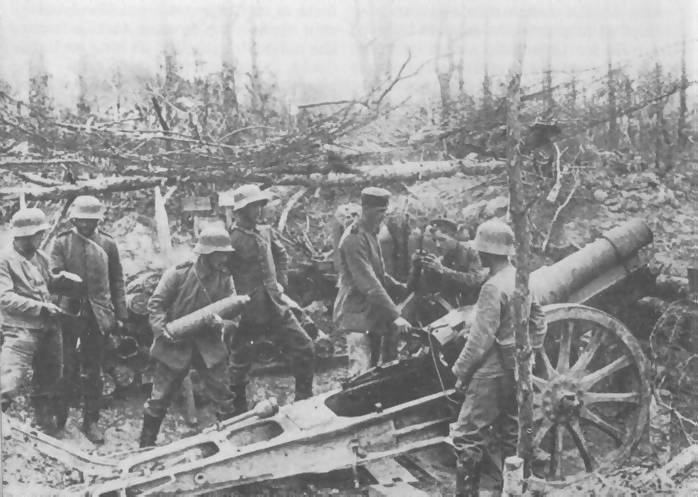





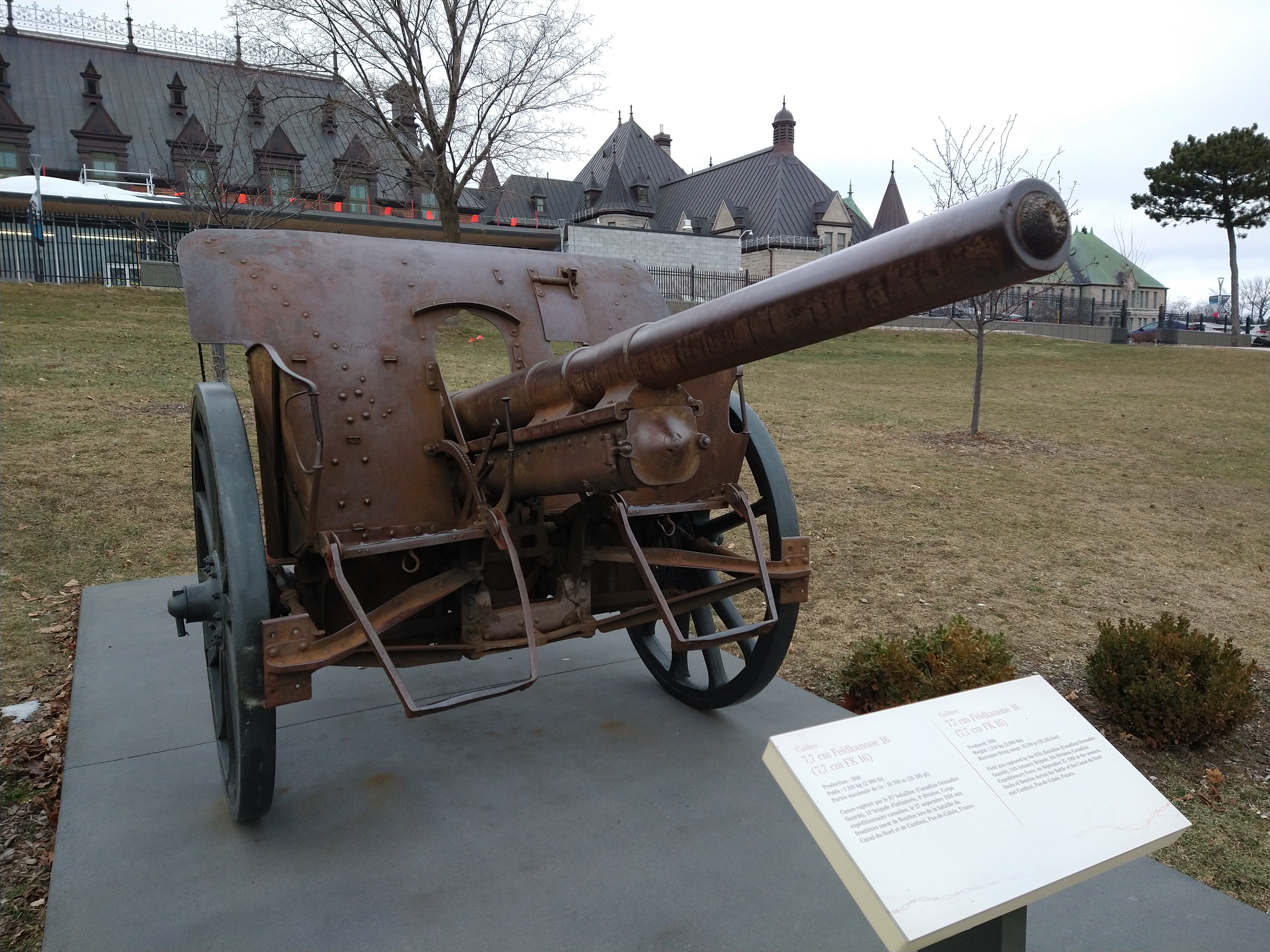
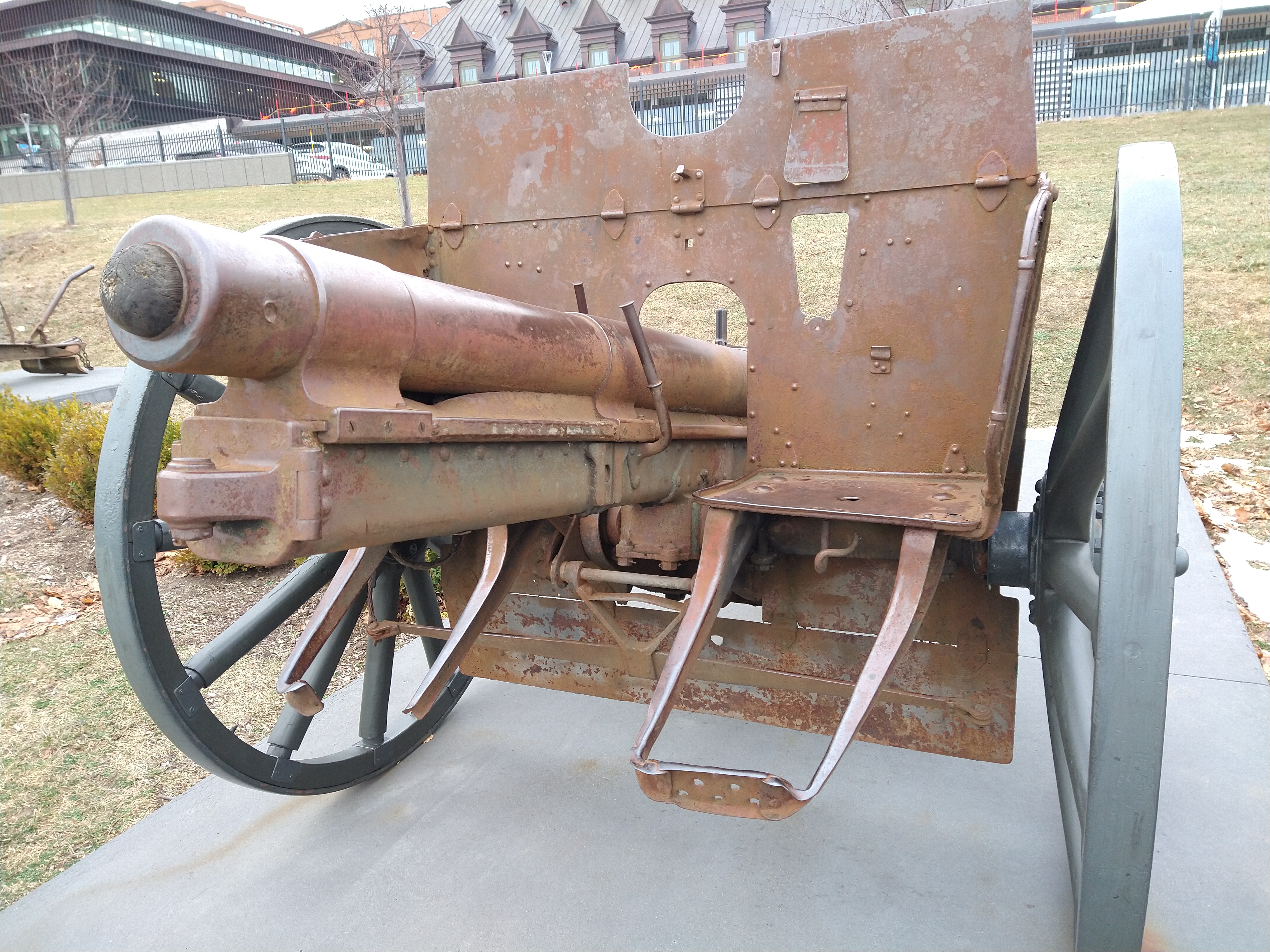
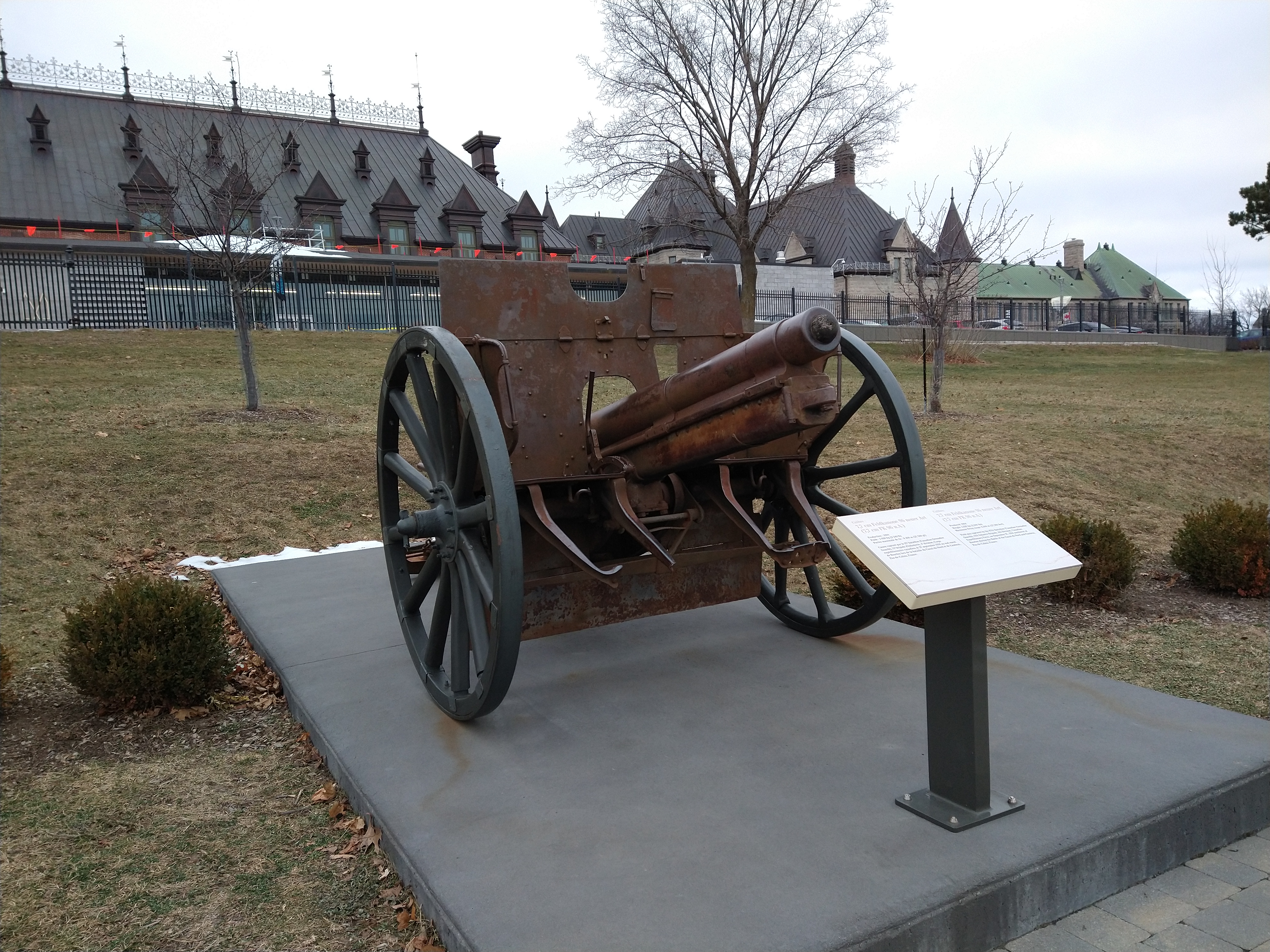



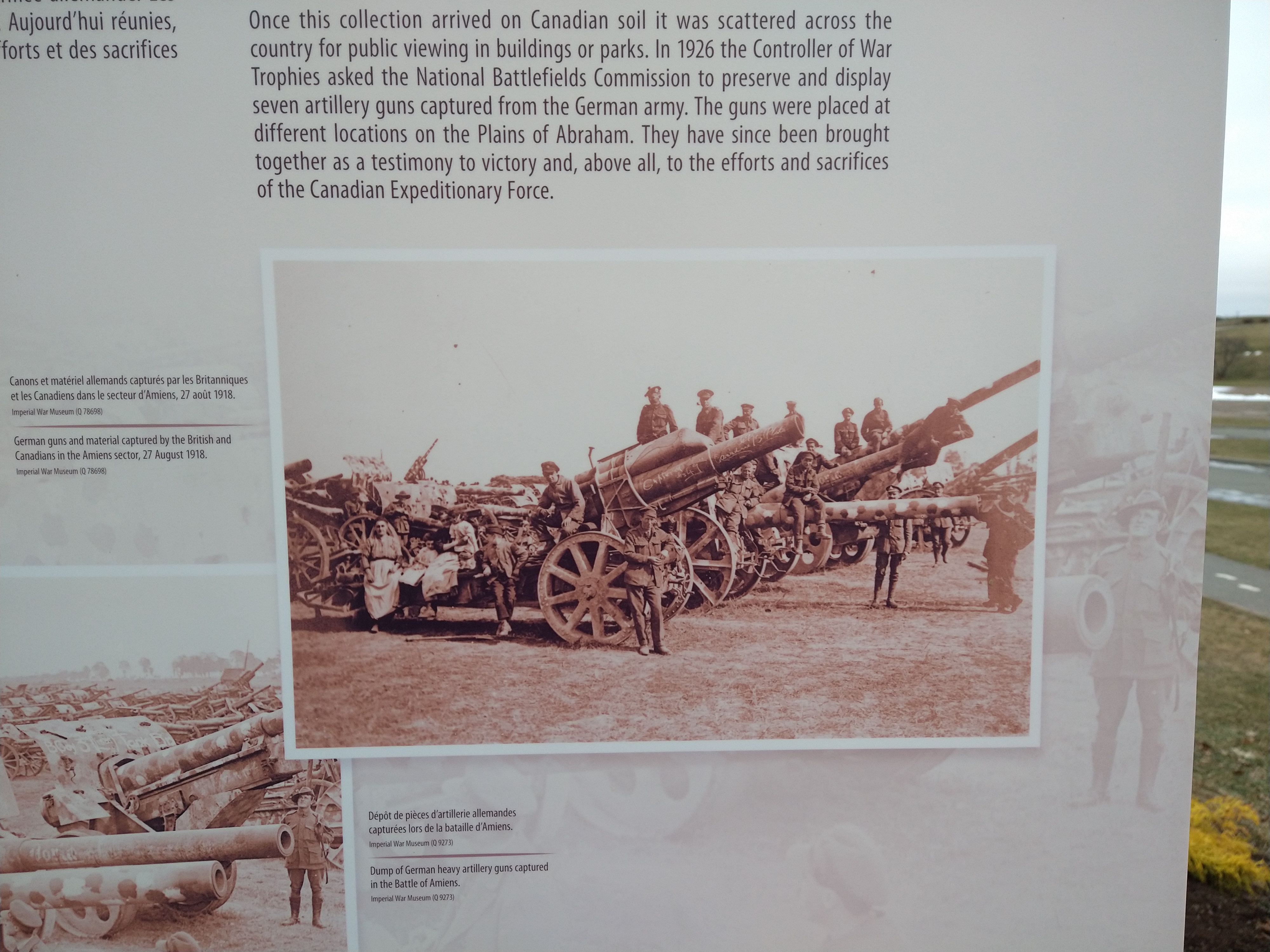





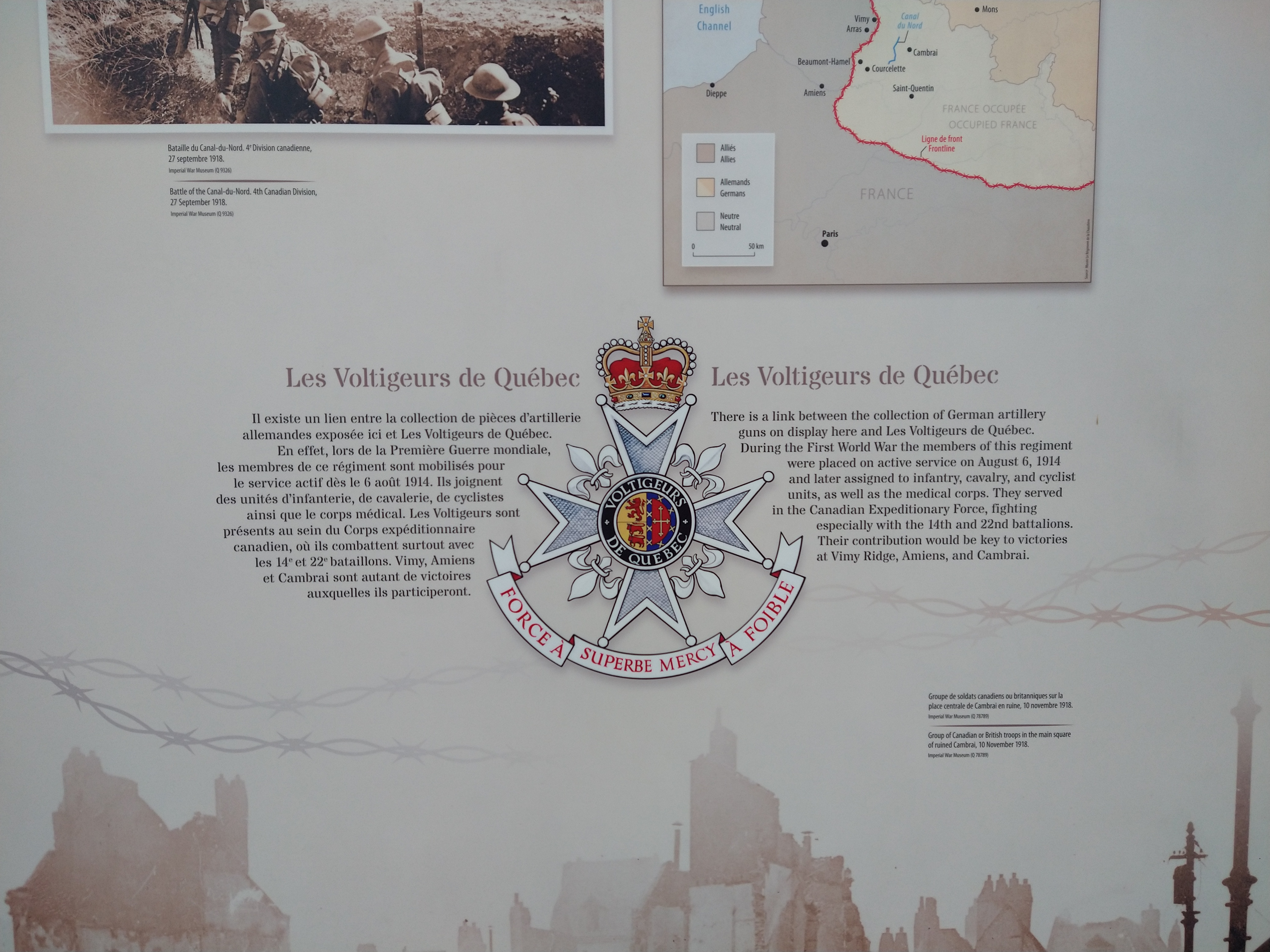
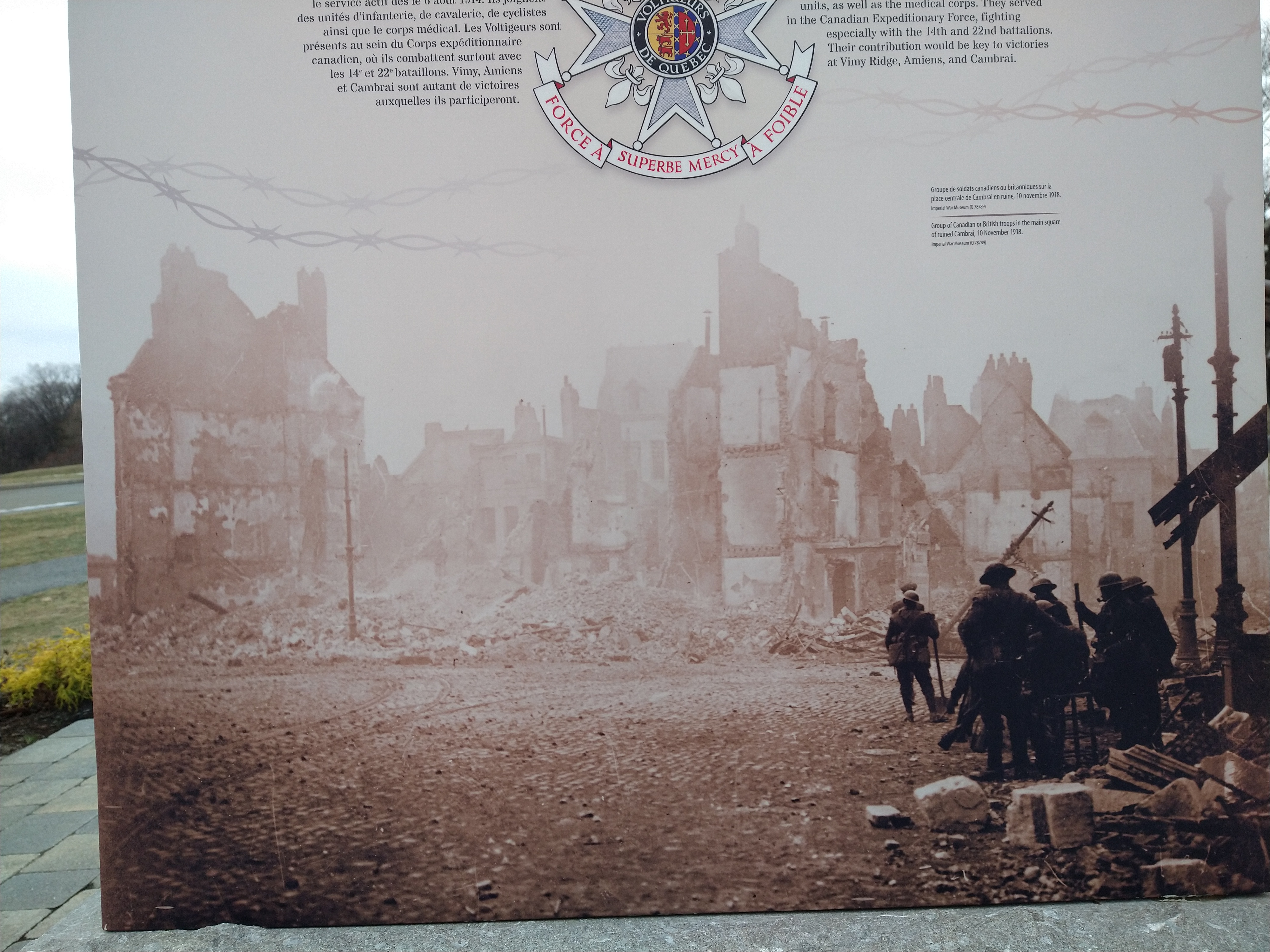

 Those stelae are there so you can reflect upon the past and learn the lessons history wants to teach us about the dangers that lay ahead if we don’t pay attention.
Those stelae are there so you can reflect upon the past and learn the lessons history wants to teach us about the dangers that lay ahead if we don’t pay attention.

